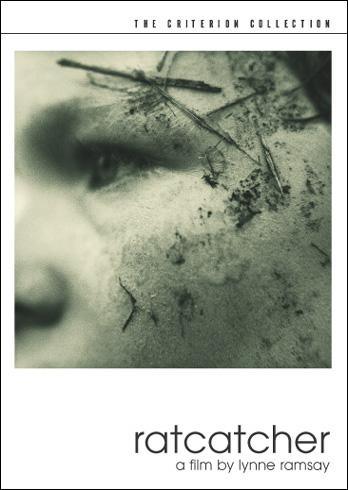
Ah, childhood. Being a product of 1982, I came of age at the tail end of Hollywood’s 80’s appeal to suburbia and our inner Pan. Still, I somehow escaped my childhood without seeing The Goonies (1985), as my cinematic ventures instead aligned with hundreds of viewings of The Lady and the Tramp, Home Alone, and Raiders of the Lost Ark. What does this mean? Well, beyond the obvious bliss that all three films yielded to me, this fact means that there’s an absence of nostalgia behind my viewing of Richard Donner’s film today. Whether this damages my take, you’ll just have to read on…
Given that it’s a product of 1980s Hollywood, one shouldn’t be surprised that The Goonies contains such odd tonal shifts, yet the tonality here suggest a direction that is still searching for continuity. That is to say, there’s a crudity in how it contrasts the sensibilities of suburbia and the adventure/caper aspects. Yet this isn’t designed to be kitsch, so there’s obviously a layer of unintentionality as Donner works the plot mechanisms to get to the discovery of a treasure map for Mikey Walsh (Sean Astin) and his friends, who seek the treasure to salvage their homes from certain takeover by a property magnate (boo on capitalism, yo).
Yet, beyond Mikey these friends never express any innocence of youth, either, as the tone frequently highlights the maliciousness that is prevalent in the town, but especially in our main characters. We are entrusted to laugh when Mouth, who knows Spanish, preys upon the new (obligatory Spanish-speaking) maid that the Walsh family has brought in. We are entrusted to laugh when Chunk is ridiculed by his friends for his continual need to eat (as well as his absurd penchant for pratfalls to introduce the very plot mechanism of the map). Elsewhere, we are entrusted to accept it when Mikey’s elder brother is thrown off a cliff on a bicycle by a cocksure jock, rather than the girls in the car reporting him for attempted assault if not murder. Nay, you say, this is a children’s film and concern ye not with logic. But between the insistence on objectifying all the women and especially the minorities, see Walter Chaw’s review for a vitriolic attack, and the film never managing a consistent tone, there’s little to enjoy from a pragmatic sense.
Now, this can be saved if the main performances are quality, but only Astin and James Brolin as the brother redeem themselves, though Martha Plimpton (?) also delivers a nice performance as the awkward girl tagging along with the boys. Otherwise, though, we’re doomed to performances that are firmly modulated in the range of shrill, suggesting that these actors lack internal expression and express all emotion through bombastic shouting.
Granted, such limitations can yield to a fantastic drinking game, I’m sure, where one takes a shot every time a kid shouts his line, but I fear for the hospitals that would be plagued with terminally ill patients as a result of such a practice. However, the sequence once they find the treasure is exciting. And Plimpton has some good handling of her material, such as her nice delivery here: “Brand, God put that rock there for a reason... and... and I don't think we should move it.” As a director, Donner also gets a nice moment when he references his earlier film Superman. Yet every moment like that is counteracted by Mouth in a performance that epitomizes one’s asking, “Where’s the gun? Someone fire the gun.” Ultimately, it’s an excellent case for a guilty pleasure as it works better as moments than as the sum of its parts, though I still hesitant to feel The Goonies succeeds beyond any nominal level.
The Goonies: 3/10
 It is only appropriate that we honor those works which were so much a part of our formative experience with cinema. Now while this may open up reasons why either Lady and the Tramp or Home Alone should receive consideration here, there are also those foundational films that allowed for film to be viewed through a fuller, more comprehensive lens. For me, no film better exemplifies these qualities than Federico Fellini’s 8 ½ (1963). Few films are as successful in their representation of cinema imitating cinema as this one, and the audacity with which Fellini consistently employs in this work remains visionary.
It is only appropriate that we honor those works which were so much a part of our formative experience with cinema. Now while this may open up reasons why either Lady and the Tramp or Home Alone should receive consideration here, there are also those foundational films that allowed for film to be viewed through a fuller, more comprehensive lens. For me, no film better exemplifies these qualities than Federico Fellini’s 8 ½ (1963). Few films are as successful in their representation of cinema imitating cinema as this one, and the audacity with which Fellini consistently employs in this work remains visionary.






